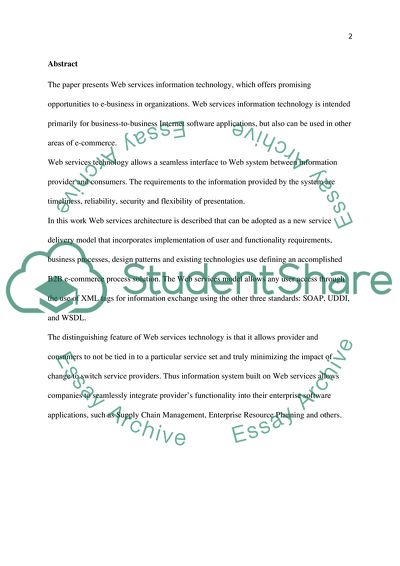Cite this document
(Web Services Information Technology for E-Business Dissertation - 1, n.d.)
Web Services Information Technology for E-Business Dissertation - 1. Retrieved from https://studentshare.org/e-commerce/1703175-trends-and-issues-in-the-development-of-information-technology-for-e-business
Web Services Information Technology for E-Business Dissertation - 1. Retrieved from https://studentshare.org/e-commerce/1703175-trends-and-issues-in-the-development-of-information-technology-for-e-business
(Web Services Information Technology for E-Business Dissertation - 1)
Web Services Information Technology for E-Business Dissertation - 1. https://studentshare.org/e-commerce/1703175-trends-and-issues-in-the-development-of-information-technology-for-e-business.
Web Services Information Technology for E-Business Dissertation - 1. https://studentshare.org/e-commerce/1703175-trends-and-issues-in-the-development-of-information-technology-for-e-business.
“Web Services Information Technology for E-Business Dissertation - 1”, n.d. https://studentshare.org/e-commerce/1703175-trends-and-issues-in-the-development-of-information-technology-for-e-business.


